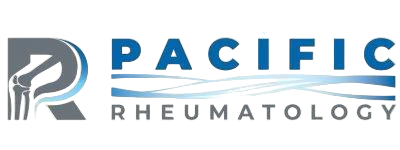4 Essential Stretches for Tendonitis
Rheumatologists frequently treat tendonitis (inflamed tendon) for two reasons. For starters, they specialize in inflammatory conditions...
Read More
Why Do My Fingers and Toes Feel Sore?
Your hands and feet put up with a lot of stress throughout the day,...
Read More
5 Telltale Signs of Vasculitis
Early treatment of vasculitis is essential if you want to prevent complications, and learning the signs...
Read More
Dietary Changes You Can Make to Reduce Your Risk for Osteoporosis
By the time you’re 30, your bones have reached their maximum size and density (peak...
Read More
Tips to Keep Your Bones Strong as You Age
Everyone should make the effort to keep their bones strong, but it’s a pressing...
Read More
